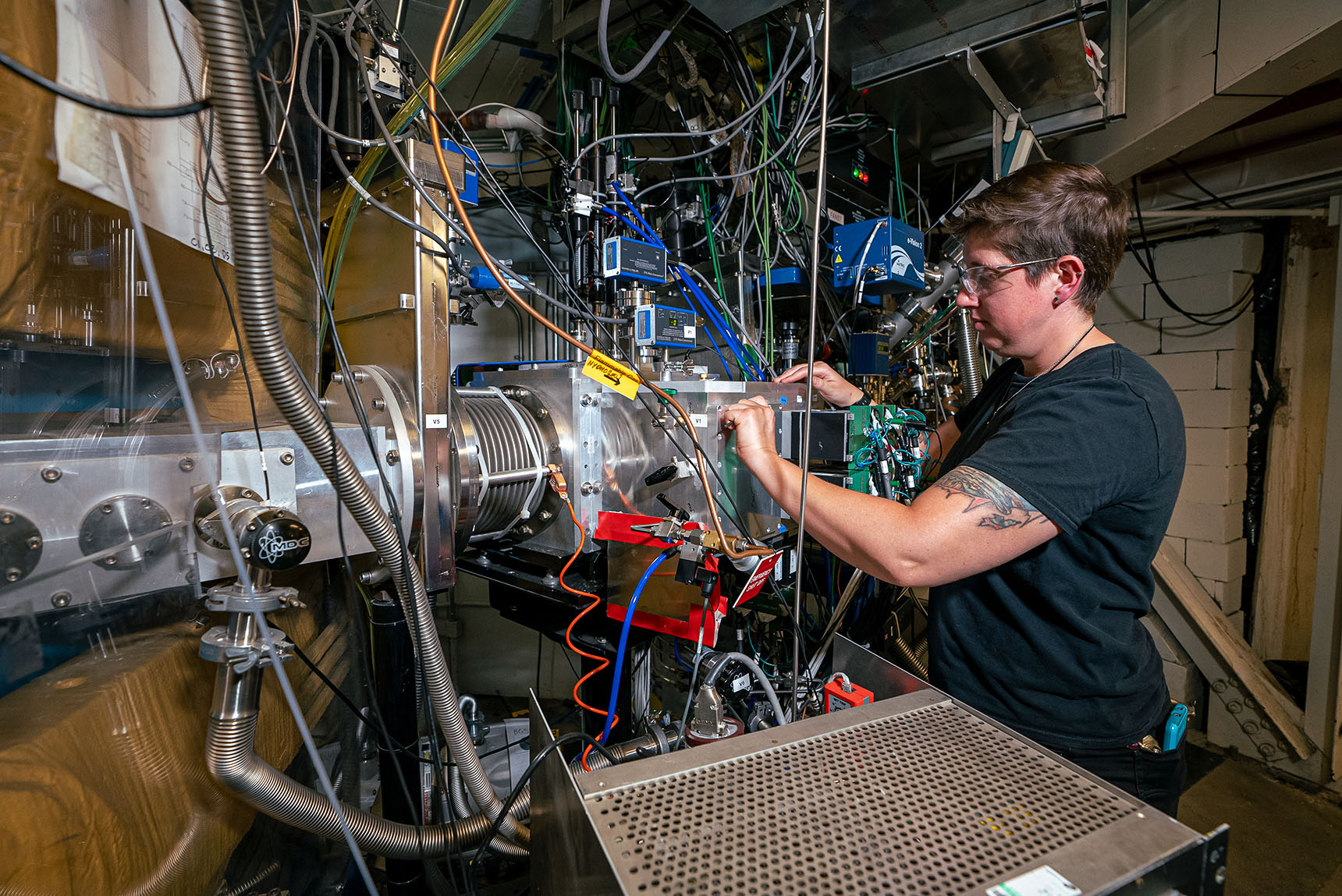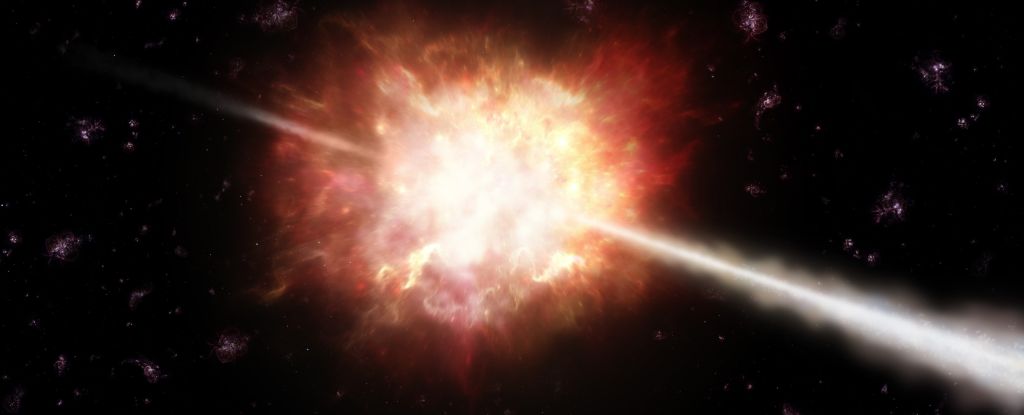
Researchers at Berkeley Lab's 88-Inch Cyclotron successfully made superheavy element 116 using a beam of titanium-50. That milestone sets the team up to attempt making the heaviest element yet: 120.

A new model of quantum interactions now suggests some of the lightest particles in the Universe might play a critical role in how at least some heavy elements form.

The creation of any heavier elements would consume energy instead of releasing it. In order to explain the presence of these heavier elements today, it's necessary to find phenomena that can produce them.

Less than a year after its opening, the Facility for Rare Isotope Beams produced five never-before-seen isotopes for observation, a success that researchers say highlights the discovery potential of the facility.

Scientists have observed the creation of rare chemical elements in the second-brightest gamma-ray burst ever seen -- casting new light on how heavy elements are made.

The universe is flooded with billions of chemicals and we’ve only identified 1% of them. Scientists believe undiscovered chemical compounds could help remove greenhouse gases or trigger a medical breakthrough much like penicillin did.

The densest naturally occurring element on the periodic table is the metal osmium. But there are some objects out there in the Solar System that seem to be way more dense than osmium.

Since element 99 - einsteinium - is very hard to create and it is exceptionally radioactive. A team of chemists has overcome these obstacles to report the first study characterizing some of its properties.

An international team of scientists have found a new compound of plutonium with an unexpected, pentavalent oxidation state This new phase of plutonium is solid and stable, and may be a transient phase in radioactive waste repositories.

Within 100,000 years of the Big Bang, the very first molecule emerged, an improbable marriage of helium and hydrogen known as a helium hydride ion, or HeH+. It was the beginning of chemistry.

A High school student from USA has discovered that carbon, which usually only forms four bonds, can end up forming a mind-boggling seven bonds, a higher number than ever considered possible for the element.

Scientists have confirmed the discovery of 4 new elements, which will fill in the missing elements from the periodic table’s seventh row.